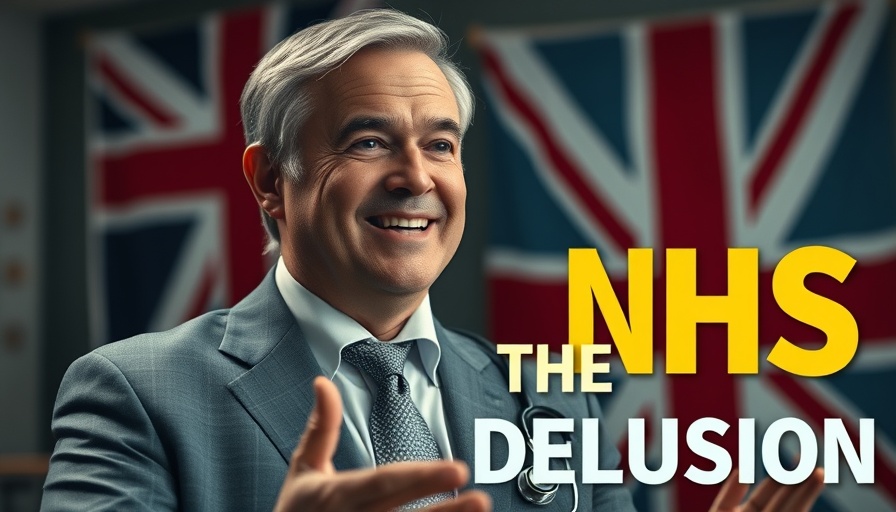
Beneath Strong Earnings, What Are Investors Really Expecting?
Pegasystems Inc. has reported an impressive financial performance for its second quarter, yet the market response has been less than favorable. The company recorded earnings per share of 28 cents, surpassing analyst estimates of 24 cents, and enjoyed a 9% revenue increase to $384.5 million, which also exceeded the projected $368.8 million. However, amidst these positive figures, the company's stock price took a notable hit, dropping over 10% in after-hours trading and ultimately closing down 5%. What might be prompting this discrepancy between strong earnings and poor stock performance?
Market Expectations vs. Reality: The Subscription Dilemma
One critical area where Pegasystems fell short was its subscription services revenue, which came in at $240 million, trailing behind analyst forecasts of $251.3 million. This shortfall may have spooked investors who were banking on more consistent subscription growth, viewing it as a sign of potential instability in an increasingly competitive market. With businesses leaning heavily on software solutions that promise efficiency and innovation, any hint of faltering performance can shake investor confidence.
AI's Role: Are Investors Looking for More?
Pegasystems has emphasized its focus on automation and AI, particularly with the rollout of its Pega Infinity platform designed to leverage generative AI. CEO Alan Trefler noted this approach as a significant factor behind their growth, pointing to a 28% increase in annual contract value for Pega Cloud services. However, despite these advancements, investors may remain cautious about the pace of adoption and the tangible impact on overall financial performance. Strong AI-backed growth doesn't always translate into immediate financial returns, which could lead to further investor skepticism.
Looking Forward: Steering Through Market Sentiments
As Pegasystems continues to innovate with its low-code business automation software, it must manage the dual pressures of maintaining strong financial performance while balancing investor expectations. This will involve not just showcasing strong earnings but also demonstrating sustainable growth through its product offerings. The integration of AI technologies can propel them forward, but they also need to assure investors that these tools will yield predictable and significant returns.
For business leaders and tech-savvy professionals, understanding these market dynamics is crucial. As AI continues to shape industry landscapes, keeping a finger on the pulse of such developments—and the market's reaction to them—can inform strategic decisions moving forward.
 Add Row
Add Row  Add
Add 










Write A Comment